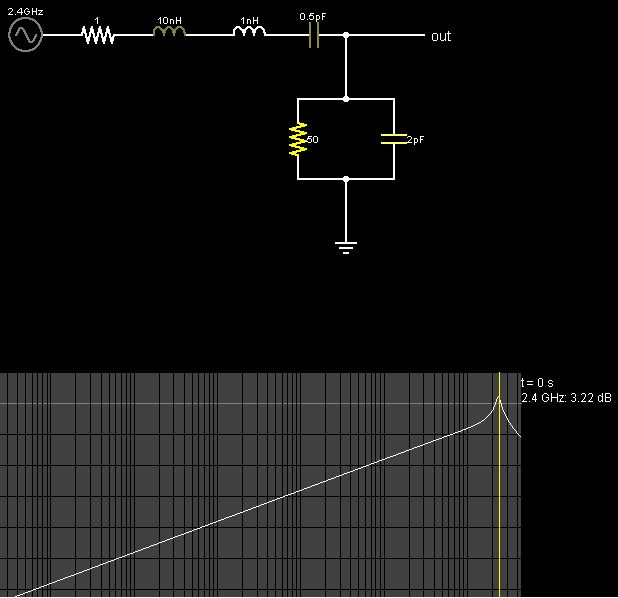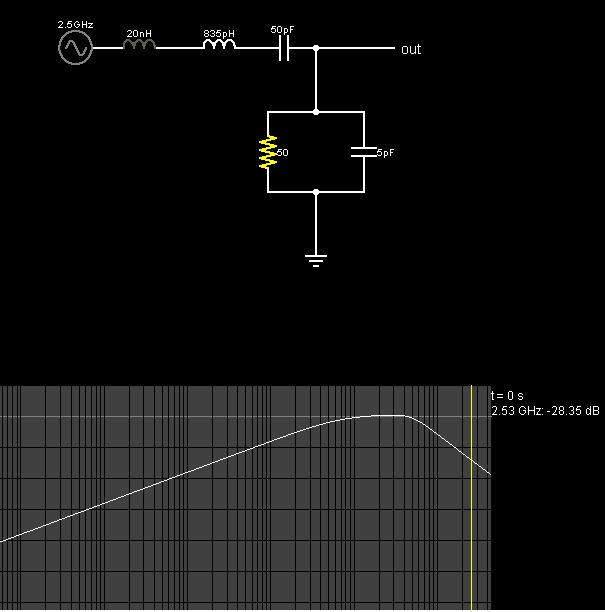dshoter13
Member level 4

- Joined
- Oct 20, 2014
- Messages
- 72
- Helped
- 4
- Reputation
- 8
- Reaction score
- 4
- Trophy points
- 8
- Activity points
- 619
RF CMOS Power Amplifier Design - Virtuoso
Hi. I'm trying to design a CMOS Class B PA using Virtuoso. I designed my output matching network for maximum gain.. but when I'm simulating S-Param, Harmonic Balance and doing Periodic States Simulations etc, I have to use a Port, and It comes with 50Ohm resistence. My question is: it will have impact in my PA performance? Do I have to design a input matching network to obtain the correct results in Virtuoso?
Thank you all for you attention.
Best regards.
- - - Updated - - -
Sorry, I design a very simple low-pass matching network (ideal elements) and it boosted the PAE and Output Power.
Thank you all for you attention.
Hi. I'm trying to design a CMOS Class B PA using Virtuoso. I designed my output matching network for maximum gain.. but when I'm simulating S-Param, Harmonic Balance and doing Periodic States Simulations etc, I have to use a Port, and It comes with 50Ohm resistence. My question is: it will have impact in my PA performance? Do I have to design a input matching network to obtain the correct results in Virtuoso?
Thank you all for you attention.
Best regards.
- - - Updated - - -
Sorry, I design a very simple low-pass matching network (ideal elements) and it boosted the PAE and Output Power.
Thank you all for you attention.







